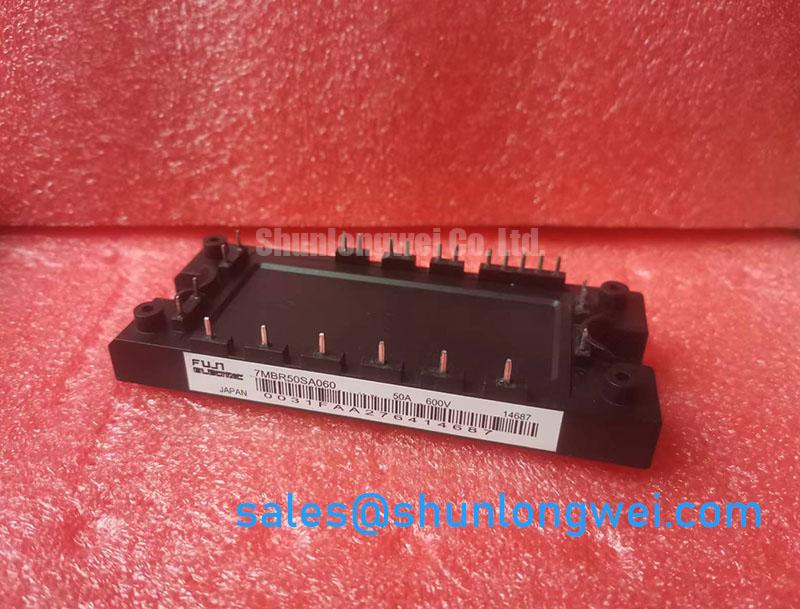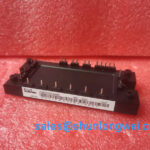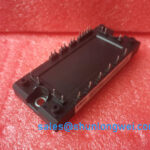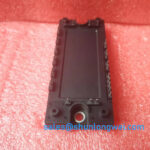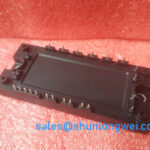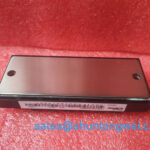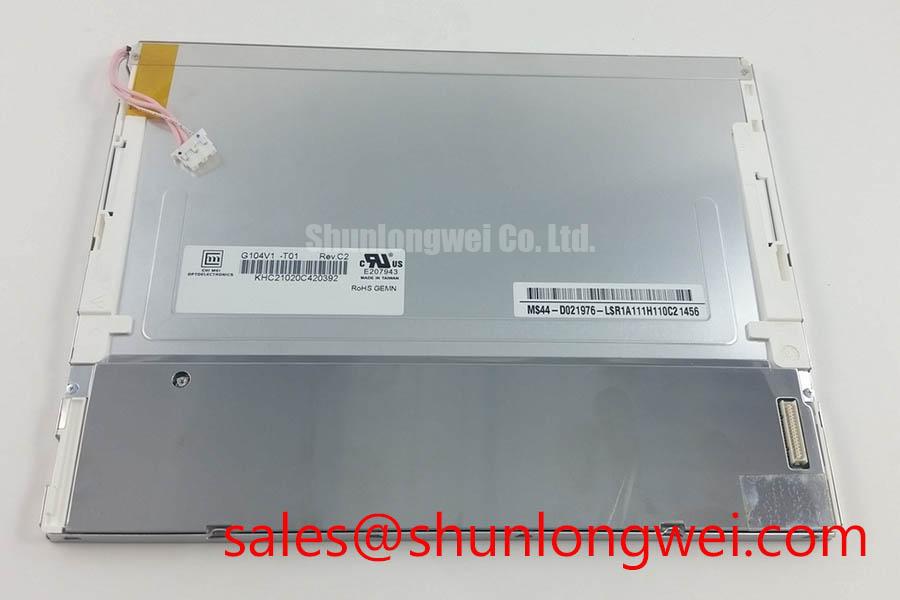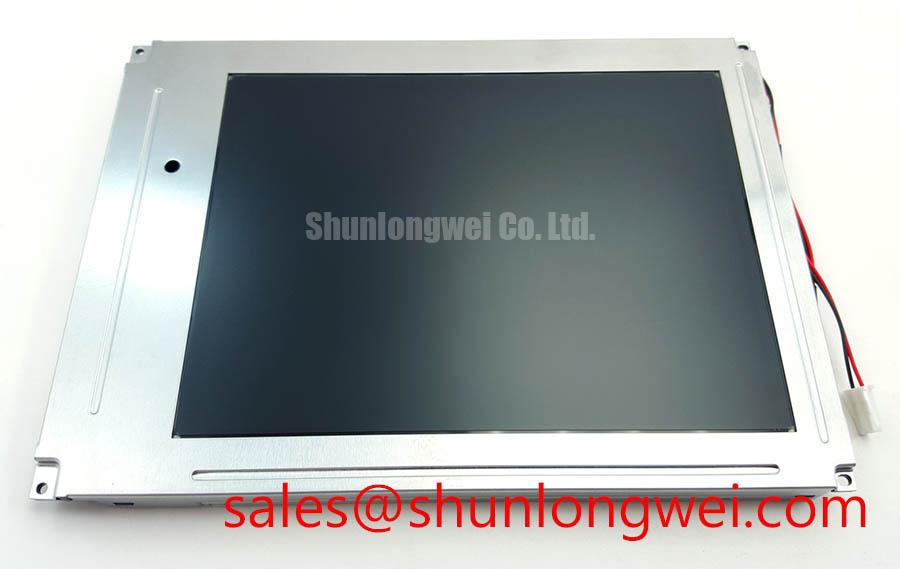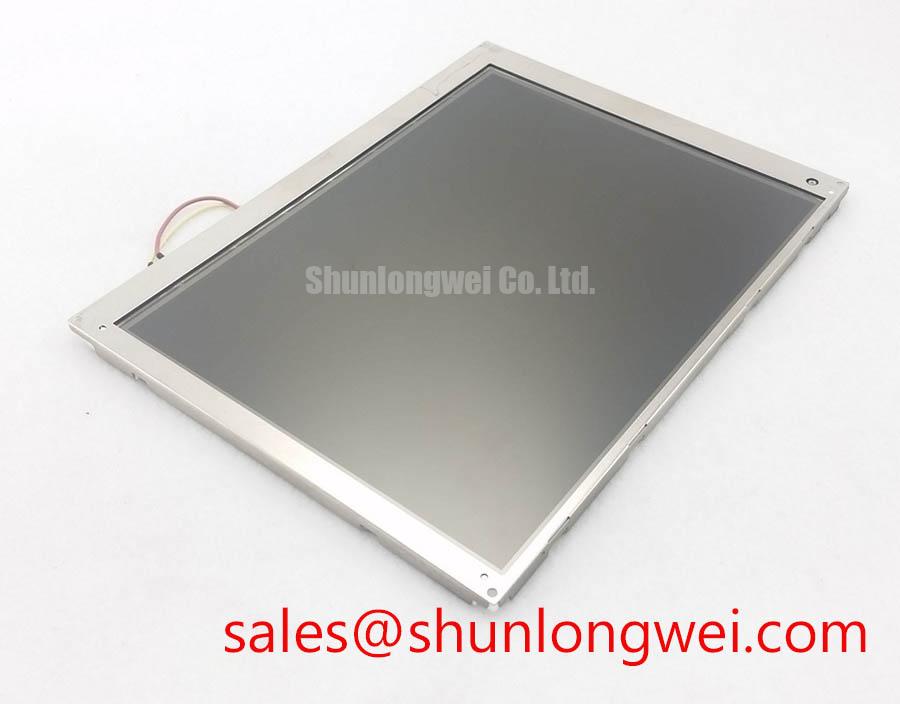Fuji 7MBR50SA060 IGBT Module: Datasheet & Tech Analysis
The Fuji Electric 7MBR50SA060 is a 7-in-1 power module designed to streamline the development of compact, low-power motor drives and inverters. With core specifications of 600V and 50A, this module integrates a three-phase inverter, a converter bridge, and a brake circuit into one package. This high level of integration directly addresses the engineering challenge of minimizing PCB footprint and simplifying assembly processes. Its design provides a robust foundation for systems where component consolidation and manufacturing efficiency are critical design parameters.
A Closer Look at the 7-in-1 Architecture
The 7MBR50SA060 is an exemplar of system-in-package design for power electronics. Its architecture consolidates seven key semiconductor functions required for a complete AC motor drive front-end and inverter stage. This includes six IGBTs with corresponding freewheeling diodes (FWDs) for the three-phase inverter, a brake chopper IGBT with its FWD, and a three-phase diode bridge for AC-to-DC rectification. By co-packaging these elements, the module mitigates many of the layout and parasitic inductance challenges associated with discrete component designs. The integrated NTC thermistor provides a direct, on-substrate temperature feedback mechanism, crucial for implementing effective thermal protection and ensuring operational stability without requiring an external sensor. For engineers, this translates into a simplified bill of materials, reduced assembly complexity, and a more predictable thermal performance profile.
Driving Efficiency in Compact Industrial Systems
The highly integrated nature of the Fuji Electric 7MBR50SA060 makes it particularly well-suited for applications where space and assembly cost are primary design constraints. Its electrical characteristics support a wide range of low-power industrial automation tasks.
- Small-Scale VFDs: The module provides a complete power core for Variable Frequency Drives (VFDs) used to control AC motors in machinery such as conveyors, pumps, fans, and automated tooling.
- Servo Drives: In robotics and CNC machines, the 7MBR50SA060 can power compact servo drives, where precise motor control and a minimal footprint are essential for multi-axis systems.
- General-Purpose Inverters: Its specifications are appropriate for small general-purpose power conversion units, including auxiliary power supplies and small uninterruptible power supplies (UPS).
For motor drives under approximately 7.5 kW where reducing board space and simplifying the manufacturing process are key objectives, the module's 7-in-1 integration delivers a distinct design advantage.
Real-World Integration: A Packaging Line Upgrade
A mid-sized packaging machinery OEM was tasked with developing a more compact, cost-effective control system for their conveyor belt motors. Their previous design utilized discrete IGBTs and rectifiers, which required significant PCB real estate and complex assembly. By redesigning their power stage around the 7MBR50SA060, the engineering team achieved a 40% reduction in the power board footprint. The simplified mounting and reduced component count also streamlined their manufacturing process, decreasing assembly time per unit. The integrated thermistor allowed for a more reliable over-temperature protection scheme, improving the overall field reliability of the conveyor system.
Key Electrical & Thermal Specifications
The following parameters are critical for evaluating the 7MBR50SA060 in a power system design. For a comprehensive list of specifications, please refer to the official datasheet.
| Parameter | Value |
|---|---|
| Collector-Emitter Voltage (VCES) | 600 V |
| Collector Current (IC) | 50 A |
| Collector-Emitter Saturation Voltage (VCE(sat)) | 2.2 V (Typ) at IC = 50A |
| Power Dissipation (PC) per IGBT | 170 W |
| Operating Junction Temperature (Tvj op) | 150 °C |
Evaluating Alternatives: A Data-Centric Perspective
When assessing power modules, engineers must weigh integration levels against specific performance metrics. The 7MBR50SA060 offers a high degree of integration, which is a primary selection criterion. For applications with different priorities, other components might be considered. For example, systems demanding higher voltage blocking capabilities could evaluate modules like the 7MBR50SB120, which offers a 1200V rating in a similar configuration. Designs that require faster switching for higher frequency operation might benefit from exploring modules built with newer generation silicon, although this often involves a trade-off in integration level. This comparative analysis should be grounded in the specific electrical, thermal, and mechanical constraints of the target application, allowing the datasheet parameters to guide the final decision.
Strategic Implications: The Value of Power Component Consolidation
The trend towards greater functional integration in power modules, as seen in the Fuji Electric 7MBR50SA060, is a direct response to market demands for smaller, more reliable, and cost-effective electronic systems. By consolidating the rectifier, inverter, and brake functions, manufacturers enable system designers to accelerate their development cycles and reduce supply chain complexity. This approach not only shrinks the physical size of the end product but also enhances its manufacturability and serviceability. As industrial automation and robotics continue to expand into more diverse and space-constrained environments, the strategic adoption of such integrated power solutions will become an increasingly important factor in maintaining a competitive edge. For a deeper understanding of IGBT technology, explore our in-depth analysis of IGBT modules.
Frequently Asked Questions
Its main benefit is system simplification. Integrating the converter, inverter, and brake circuits into a single module drastically reduces the number of components on the bill of materials, shrinks the required PCB area, and simplifies the thermal management design, leading to faster assembly and a more compact end product.
The NTC thermistor is bonded directly to the module's substrate, placing it in close thermal contact with the IGBT and diode chips. This provides a fast and accurate measurement of the module's operating temperature, enabling the control system to implement precise over-temperature protection. This direct feedback is more effective than an external sensor and helps prevent catastrophic failures due to thermal runaway.
This module is optimized for reliability and integration in low-to-medium frequency applications like motor drives, which typically operate in the range of a few kHz up to 20 kHz. While it is highly efficient in this range, applications demanding significantly higher switching frequencies (e.g., >50 kHz) may require specialized IGBTs designed for lower switching losses.
The collector-emitter saturation voltage, VCE(sat), is the voltage drop across the IGBT when it is fully turned on. A lower VCE(sat) indicates lower conduction losses (Power Loss = VCE(sat) * IC). The 2.2V typical value at 50A is a key parameter for calculating the module's thermal load. Think of it like the resistance of a mechanical switch; a lower value means less energy is wasted as heat during operation, which simplifies heatsink requirements and improves overall system efficiency.
Disclaimer: The technical information provided is based on publicly available datasheets. All parameters should be verified with the official manufacturer's documentation. As a distributor, we do not provide design recommendations or guarantee component specifications.

